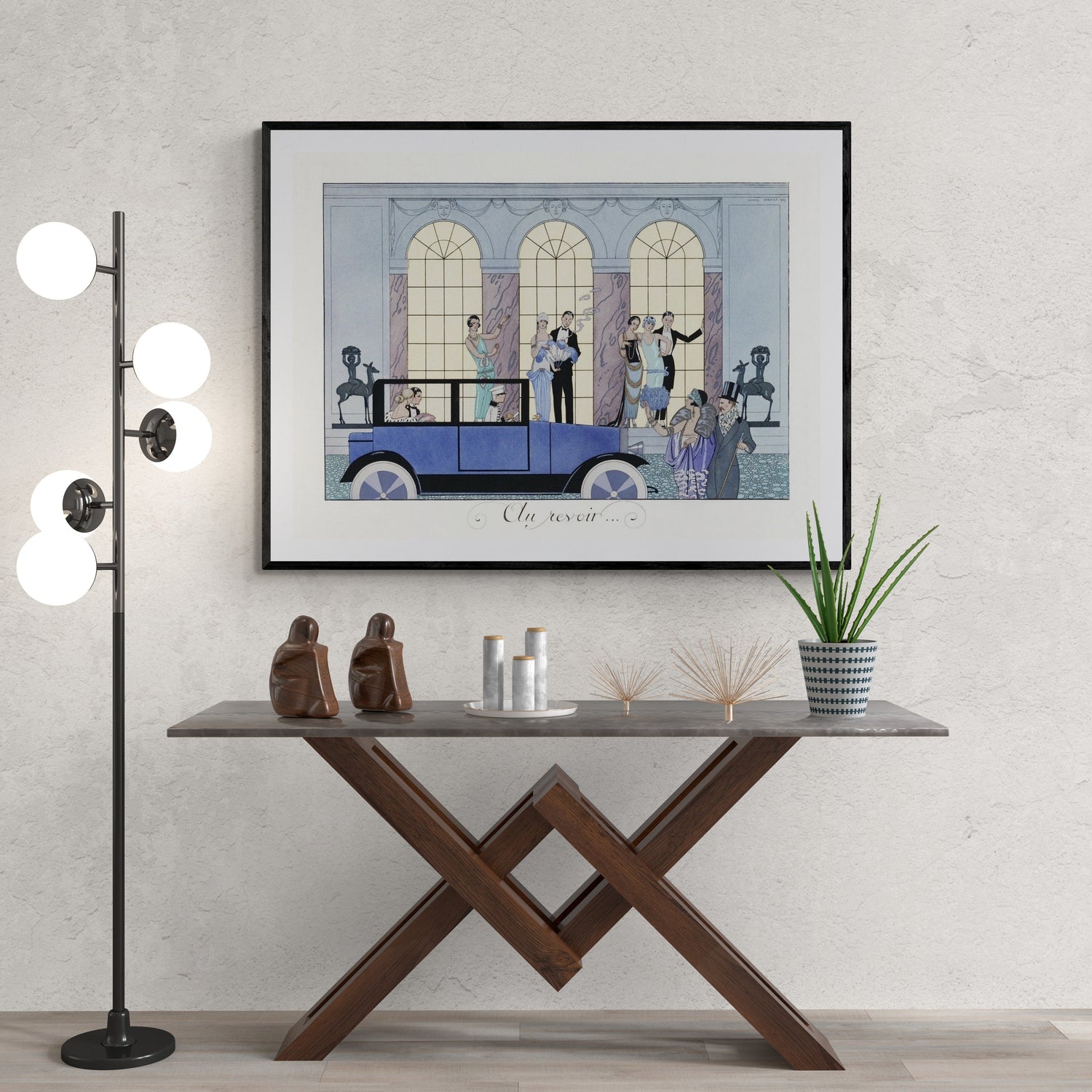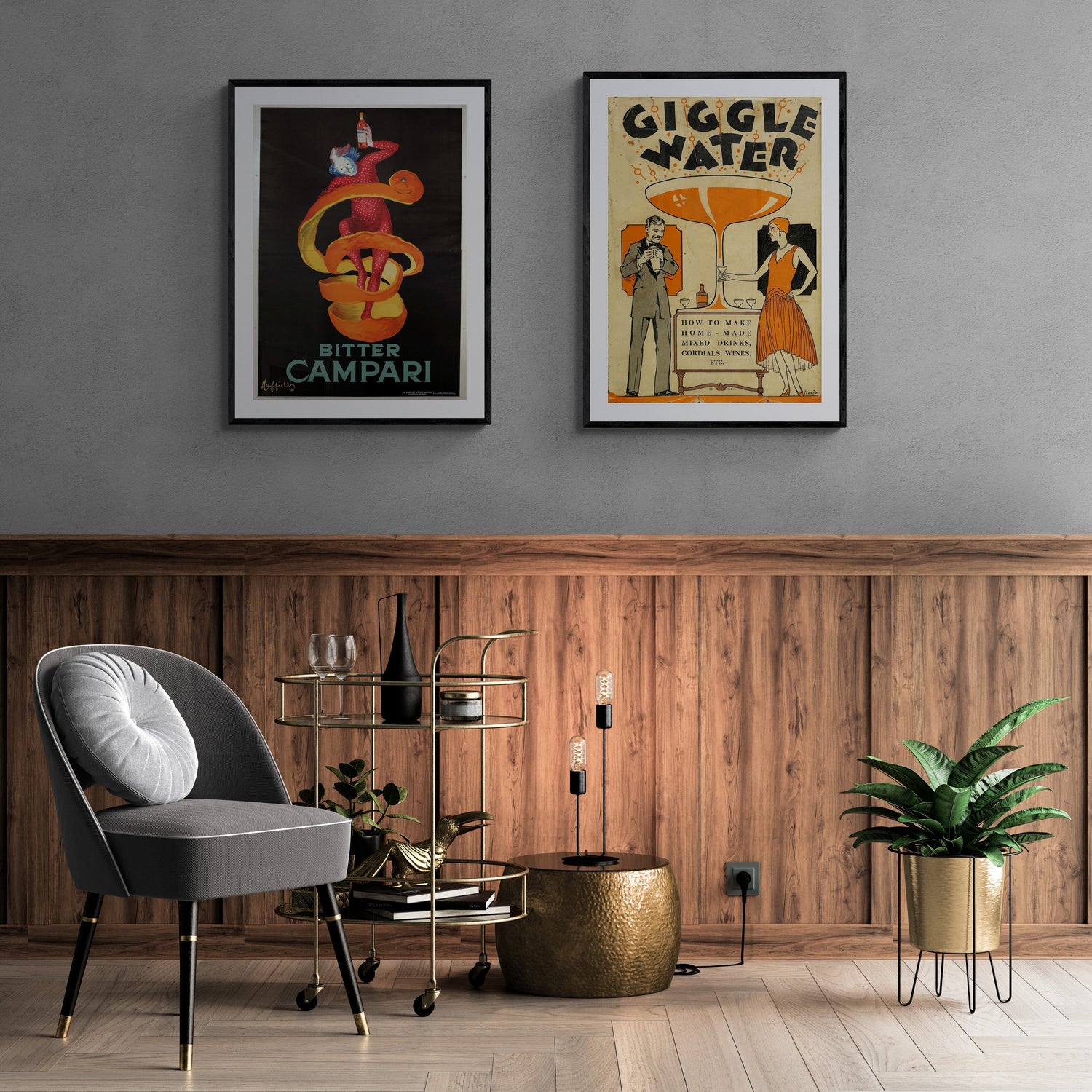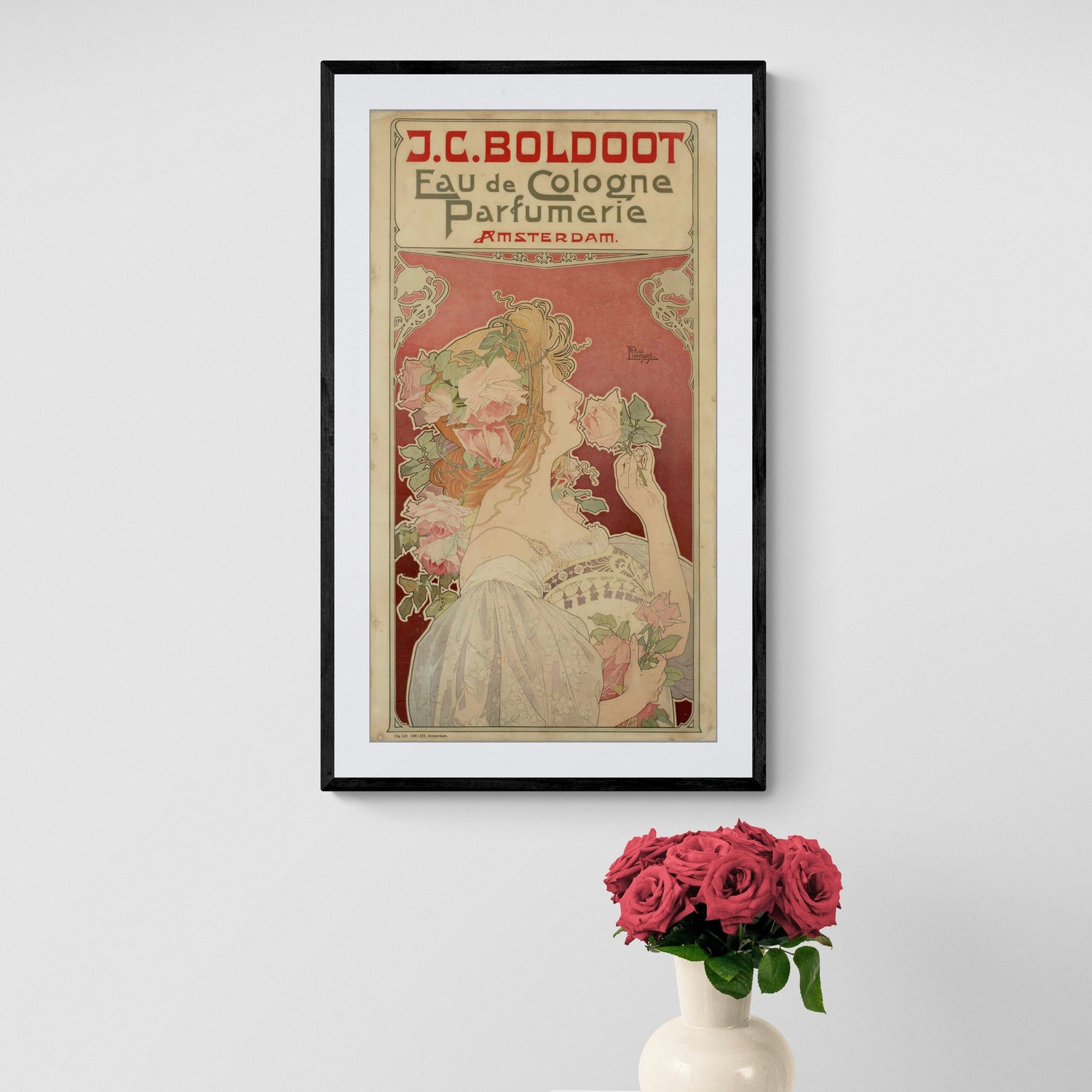Art Nouveau, a captivating artistic movement of the late 19th and early 20th centuries, is a style that has left an indelible mark on the world of art, design, and architecture. In this article, we will delve into the essence of Art Nouveau, its defining characteristics, the period it thrived in, and its relationship with Art Deco.

What Defines Art Nouveau?
Art Nouveau, meaning "New Art" in French, was a radical departure from the traditional artistic styles of its time. It emerged as a reaction against the rigidity of 19th-century academic art and the industrialization sweeping Europe. At its core, Art Nouveau sought to embrace the organic and natural world, infusing it into every facet of artistic expression.

Five Characteristics of Art Nouveau
-
Organic Inspiration: Art Nouveau draws its inspiration from the natural world, featuring intricate motifs of flowers, vines, and flowing curves. Artists like Alphonse Mucha, one of the famous Art Nouveau artists, incorporated these elements into their work, creating pieces that exude a sense of fluidity and grace.
-
Whiplash Curves: One of the most recognizable features of Art Nouveau is the "whiplash" or "S" curve. These sinuous lines can be seen in architecture, illustration, and graphic design. They evoke a sense of movement and dynamic energy, exemplifying the departure from the rigid forms of the past.
-
Stylized Geometry: While nature-inspired motifs are prevalent, Art Nouveau also incorporates geometric shapes, often stylized and transformed into decorative patterns. These shapes, combined with the organic elements, create a harmonious and visually stimulating aesthetic.
-
Elaborate Detailing: Art Nouveau is known for its meticulous attention to detail. Whether it's in the intricate ironwork of Art Nouveau architecture or the ornate embellishments in interior design, this movement celebrated craftsmanship and the beauty of finely executed artistry.
-
Total Artistic Integration: Art Nouveau aimed for a total artistic experience. It blurred the boundaries between fine art, applied art, and everyday objects. From architecture and interior design to graphic design and illustration, Art Nouveau sought to create a unified aesthetic in all aspects of life.
The Time Period of Art Nouveau
Art Nouveau thrived primarily from the late 19th century, around 1890, to the early 20th century, roughly until 1910. However, its influence persisted for several decades, evolving and merging with other design movements over time.
Art Nouveau vs. Art Deco: Which Came First?
Art Nouveau predates Art Deco. While Art Nouveau emerged in the late 19th century and reached its zenith in the early 20th century, Art Deco emerged in the 1920s, following the aftermath of World War I. While both movements share some common elements, such as an emphasis on aesthetics and design, they have distinct styles and philosophies.
Art Nouveau remains a beloved and influential artistic movement known for its celebration of nature, intricate designs, and total artistic integration. Its legacy lives on in the works of famous artists like Alphonse Mucha and in the enduring charm of Art Nouveau architecture and interior design. As we continue to appreciate its beauty, we can also see how Art Nouveau paved the way for subsequent artistic movements, leaving an indelible mark on the world of art and design.





